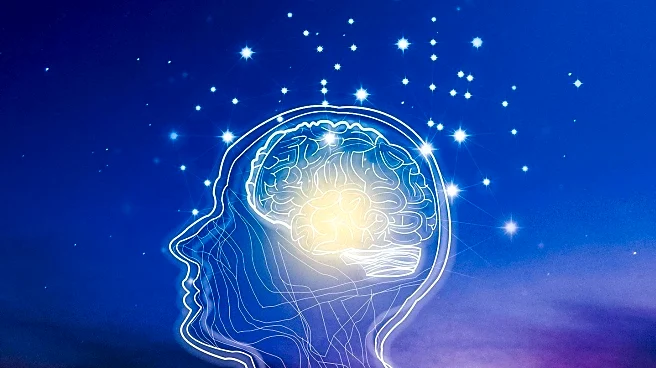What's Happening?
Researchers at the Institute for Neurosciences, led by Juan Lerma, have discovered a method to reverse anxiety and depression in mice by rebalancing neuronal excitability in the amygdala. The study, published in iScience, identified a specific group of
neurons in the basolateral amygdala whose imbalanced activity can trigger anxiety and social withdrawal. By normalizing the expression of the Grik4 gene in these neurons, the researchers were able to restore normal behavior in genetically modified mice. The study also demonstrated that this approach reduced anxiety in wild-type mice, suggesting a broader applicability of the findings.
Why It's Important?
This research offers a potential new avenue for treating anxiety and depression, conditions that affect millions of people worldwide. By targeting specific neural circuits, therapies could become more localized and effective, reducing the need for broad-spectrum medications that often come with significant side effects. The findings could lead to the development of new treatments that specifically address the neural imbalances associated with affective disorders, potentially improving the quality of life for those affected.
What's Next?
Future research may focus on applying these findings to human models, exploring the potential for clinical applications. The study opens the door for developing targeted therapies that could be more effective and have fewer side effects than current treatments. Researchers may also investigate other brain regions, such as the hippocampus, to address cognitive deficits not corrected by the current approach.
Beyond the Headlines
The study highlights the importance of understanding the specific neural mechanisms underlying mental health disorders. It suggests that a more nuanced approach to treatment, focusing on precise neural circuits, could revolutionize the way anxiety and depression are managed. This could lead to a shift in how mental health conditions are perceived and treated, emphasizing the biological underpinnings of these disorders.














